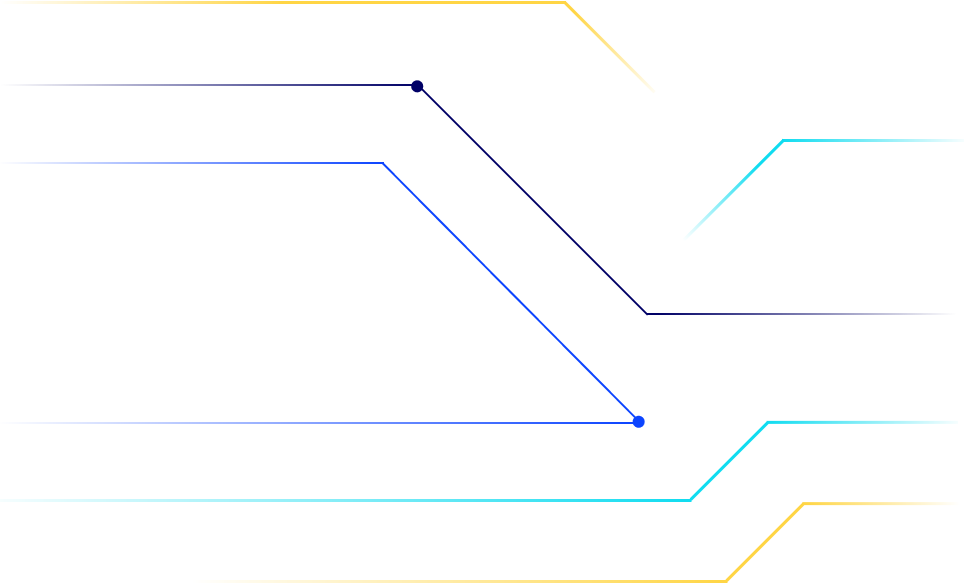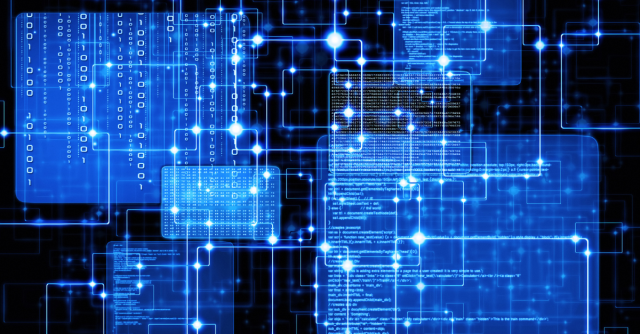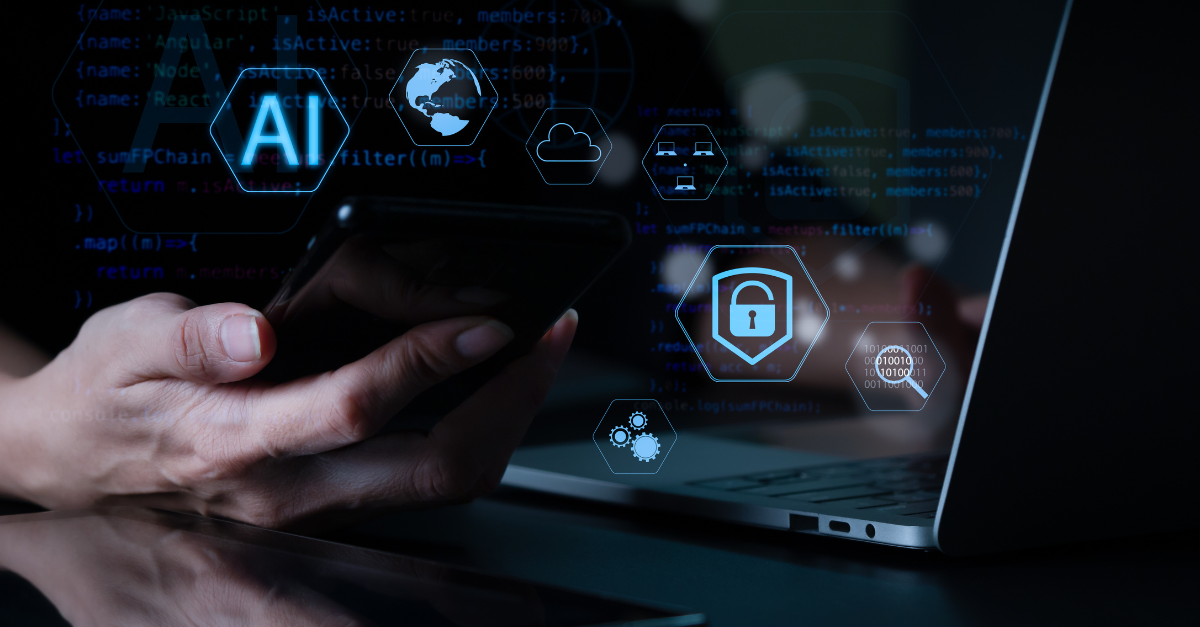What is power usage effectiveness (PUE)
(PUE) is calculated by dividing the total energy used in a data center by the energy used by the IT equipment, such as servers, storage devices, and switches. A PUE of 2.0, for example, means that for every watt of IT power, an additional watt is consumed to cool and distribute power to the IT equipment. In essence, PUE provides a clear picture of how much of the energy a data center consumes goes to powering its core IT functions.
Grasping the concept of PUE is vital as it directly correlates with a data center's operational costs and environmental impact.
Here are some key points to understand about PUE:
- Lower PUE values signify that a more significant proportion of a data center’s energy is being used for its IT equipment (the primary reason for its existence)
- Higher PUE values indicate energy wastage
- Optimizing PUE can result in significant cost savings and a more sustainable operation.
Importance of power usage effectiveness
Considering the vast energy consumption of data centers, efficient utilization of this energy is paramount—a process where PUE becomes pertinent. It provides a clear picture of a data center’s energy efficiency, pinpointing the areas where energy consumption is high. By understanding PUE, data centers can optimize their power consumption and progress towards sustainability goals.
Moreover, a data center’s PUE score can have financial implications. Higher PUE levels mean higher operational costs, which can raise client service fees. On the other hand, improving PUE can reduce power system losses and lower the power demand on support infrastructure, leading to further energy cost savings.
Primary goal of power usage effectiveness
The chief aim of (PUE) is to alleviate operational costs and enhance environmental sustainability by reducing energy consumption in data centers. This goal is more relevant than ever in a world increasingly focused on green initiatives. Data centers are vital players in the digital economy, but their energy usage can contribute significantly to environmental degradation.
Reducing PUE can lead to more economical operation of data centers, offering cost savings and providing a competitive advantage by improving operational efficiency. It’s worth noting that a lower PUE number denotes a more energy-efficient data center. In an ideal world, the lowest PUE is 1.0, indicating that the servers use all the energy going into the data center. However, energy is also needed for lights, cooling, and other necessary functions, making achieving a PUE of 1.0 difficult, if not impossible.
Components of power usage effectiveness
Data center providers calculate PUE using IT equipment power, cooling infrastructure power, and the power used by lighting and other miscellaneous systems. Each component contributes to the overall PUE figure and provides a clearer picture of where energy is used within a data center, reflecting the total facility power.
- IT load: This is the actual computational equipment, including servers, storage arrays, and networking gear, that perform the data processing tasks. Efficient use of this equipment is crucial since it is the purposeful use of energy within a data center.
- Power distribution: The efficiency of power distribution systems, including transformers, uninterruptible power supplies (UPS), and power distribution units (PDUs), dramatically affects PUE. Any energy loss in power conversion or distribution adds to the overhead.
- Cooling infrastructure: One of the largest non-IT energy consumers is the cooling system. This includes chillers, cooling towers, economizers, CRAHs, and CRACs.
- Airflow management: Proper management of hot aisle and cold aisle containment and the use of blanking panels and floor layout can significantly improve cooling efficiency and reduce PUE.
- Building management systems (BMS): These systems monitor and control the environmental conditions. Smart BMS can dynamically adjust the cooling based on the IT load and external weather conditions to optimize energy usage.
- Lighting: Even though it usually accounts for a small fraction of the energy used, efficient lighting systems such as LED fixtures with motion sensors can contribute to a lower PUE.
- Support systems include the energy consumed by backup generators, fire suppression systems, and security systems. While these don't directly contribute to IT operations, they are essential for data center reliability and safety.
Upon examining these components, data center operators can pinpoint high energy usage areas and initiate steps towards their reduction. For instance, they might upgrade to more energy-efficient hardware, implement more effective cooling systems, or improve their power distribution setup. In this way, understanding the components of PUE can inform strategies to improve data center efficiency and reduce energy consumption.
The critical role of power usage effectiveness in data centers
PUE holds a pivotal role in data centers. It serves as a clear metric of energy usage, aiding data centers in identifying wasteful areas and implementing efficiency-enhancing strategies. This, in turn, reduces operational costs and helps uphold sustainability goals. With data centers accounting for a significant proportion of global energy consumption, optimizing PUE is essential for a more sustainable future.
However, improving PUE is not a one-size-fits-all solution. Each data center is unique, with its own specific energy usage pattern and efficiency challenges. Hence, strategies aimed at improving PUE must be custom-made to suit each data center's distinctive needs and circumstances. Despite these complexities, the potential benefits of optimizing PUE—from cost savings to environmental impact—make it a key focus for data center operators worldwide.
Strategies for reducing non-IT energy use
Diminishing non-IT energy usage forms a principal strategy for enhancing PUE in data centers. This can be achieved through various methods, including adopting energy-efficient hardware, optimizing data center cooling systems, and implementing best practices for energy management.
For instance, energy-efficient data centers can leverage advanced cooling techniques like liquid cooling, which can be up to three times more energy-efficient than conventional cooling systems in high-density server environments. They can also use Data Center Infrastructure Management (DCIM) tools to manage data center components more effectively, potentially cutting energy costs by up to 30%.
By implementing these strategies, data centers can significantly reduce non-IT energy use, leading to a lower PUE and a more sustainable operation.
Upgrading to energy-efficient hardware
Upgrading to energy-efficient hardware is another effective strategy for improving PUE. Some options to consider include:
- Modern servers equipped with built-in power management features that can dynamically adjust power consumption based on utilization, leading to significant energy savings
- High-efficiency Power Distribution Units (PDUs) that can reduce energy losses
- Uninterruptible power supply (UPS) systems can also help reduce energy losses
Implementing these upgrades can help you achieve better energy efficiency and improve your PUE.
In addition to servers and power systems, data storage measures can also impact PUE. Efficient data storage measures, such as all-flash data centers and deduplication software, can significantly reduce the energy needed to store and manage data. Data centers can improve their PUE and reduce energy consumption by upgrading to energy-efficient hardware.
Harnessing efficient cooling systems
Efficient cooling systems can substantially enhance a data center’s PUE. Advanced cooling techniques, such as liquid cooling and geothermal cooling, can significantly reduce energy consumption and lower operational costs. For instance, transitioning to advanced liquid cooling methods such as liquid immersion can reduce cooling-related electricity expenses by up to 95%, markedly improving data center PUE and lowering operational costs.
Furthermore, modern data center cooling systems can be dynamically adjusted in real time using AI and machine learning for optimized energy efficiency. This marks a significant step towards intelligent cooling management and further improvement of PUE. Read more about the future of AI data center technology here.
Potential misinterpretations of power usage effectiveness
While PUE is a valuable metric, it’s essential to be aware of potential misinterpretations. For instance, a data center might seem to have a low PUE and, therefore, appear to be highly energy efficient. However, if that data center is powered primarily by coal-fired power plants, its overall environmental impact could be high.
Therefore, although PUE can shed light on a data center’s energy efficiency, it is integral to consider other factors like the data center’s power source and total facility energy when assessing its overall environmental impact.
Limitations of using power usage effectiveness as the sole metric
PUE doesn't capture the complete picture of data center sustainability or effectiveness. Other considerations, such as water usage effectiveness (WUE) and carbon usage effectiveness (CUE), are also critical for a holistic view of a data center's environmental impact. This underscores the importance of incorporating PUE into a comprehensive strategy for enhancing efficiency and sustainability in data centers.
What is data center infrastructure efficiency (DCiE)?
Data center infrastructure efficiency (DCiE) is another important metric in understanding data center energy efficiency. Essentially, DCiE is the inverse of PUE, focusing on the efficiency of IT equipment in relation to the total energy consumed. So, while PUE highlights the energy consumed by supporting infrastructure relative to IT load, DCiE demonstrates the percentage of total power that is used efficiently by IT equipment.
DCiE and PUE are complementary metrics, and using them together provides a more comprehensive view of a data center’s energy efficiency. By monitoring PUE and DCiE, data center managers can better understand their power efficiency and identify areas for improvement over time.
What is the ideal PUE number for data centers?
The ideal PUE number for data centers is 1.0, indicating that the IT equipment uses all the energy going into the data center. However, achieving a PUE of 1.0 is challenging, if not impossible, due to the energy required for lights, cooling, and other necessary functions. Most data centers have a PUE between 1.2 and 1.4.
It’s worth noting that many factors can affect a data center’s PUE, including climate, infrastructure age, and cooling strategies. For instance, data centers in cooler climates can benefit from free cooling, which uses outdoor air to cool the data center, lowering PUE. As such, while striving for the ideal PUE number is a worthy goal, it’s also important for data centers to focus on continuous improvement and take steps to reduce their PUE as much as possible, given their specific circumstances.
Innovations and potential improvements to power usage in data centers
As technology advances, the potential for enhancing power usage in data centers evolves concurrently. Innovations such as energy-efficient lighting, electrical system improvements, and advanced cooling techniques contribute to better PUE and reduced energy consumption.
For instance, ways to improve energy efficiency in data centers include:
- Using LED lights and low-power fluorescent lights, which can reduce PUE by a few hundredths
- Using efficient electrical equipment and configurations
- Implementing advanced cooling techniques, such as liquid cooling and geothermal cooling, can significantly reduce energy consumption and lower operational costs.
By staying abreast of these innovations, data centers can continually improve their PUE, contribute to a more sustainable future, and support the green grid initiative.
Flexential and our power usage effectiveness
Flexential, a leading provider of colocation, private cloud, and network connectivity services, places a high emphasis on PUE in its operations. By providing a comprehensive infrastructure solution, Flexential helps optimize data center operations and energy efficiency, improving PUE.
This focus on PUE, coupled with the Flexential comprehensive suite of professional services, enables clients to optimize their distributed architectures and IT operations for enhanced energy efficiency. In this way, Flexential demonstrates the real-world impact of PUE and its role in driving sustainable, energy-efficient operations across our entire data center fleet.
Download our brochure to learn more about PUE, or explore our latest ESG Report for more information.







